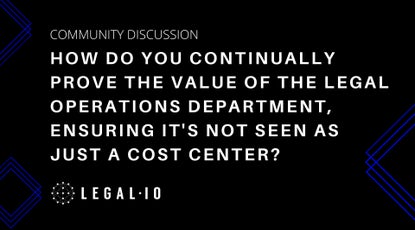The Onset of New SEC Cybersecurity Disclosure Rules
As the legal community braces for the implementation of the U.S. Securities and Exchange Commission's (SEC) new cybersecurity-disclosure rules on December 18, companies are grappling with the complexities of compliance. The upcoming regulations, aimed at enhancing transparency around cyberattacks and cybersecurity risks, present a challenging landscape for businesses and security professionals.
Key Insights:
- Introduction of SEC Rules: The SEC's cybersecurity-disclosure rules, scheduled to take effect mid-December, mandate prompt disclosure of material cyberattacks and detailed annual reporting on cyber risks and vulnerabilities.
- Materiality Dilemma: The primary challenge lies in defining what constitutes a 'material' cyber breach, with the SEC's guidelines on this matter remaining unclear.
- Balancing Act for Disclosures: Security chiefs face the dilemma of balancing the need for detailed disclosure against the risk of revealing sensitive information that might be exploited by malicious actors.
The Legal and Security Landscape:
- SolarWinds Case as a Precursor: The SEC's action against SolarWinds and its Chief Information Security Officer, Tim Brown, signals heightened liability for security chiefs and underscores the regulator's strict stance on cybersecurity disclosures.
- CISO Concerns: Chief Information Security Officers (CISOs) are wary of the new rules, fearing personal liability due to potential misinterpretation or underestimation of the scope of a cyberattack.
- Potential for Misuse: The possibility of bad actors exploiting the detailed information required by the new rules is a looming concern, potentially leading to unintended negative consequences.
Corporate Responses and Strategies:
- Assessing Materiality: Companies are struggling to assess the materiality of cyber incidents, a key requirement for timely disclosure under the new rules.
- Risk of Over-disclosure: The pressure to comply could lead to over-disclosure, with companies potentially providing inaccurate or premature information about breaches.
- SEC's Intent vs. Practical Challenges: While the SEC aims to promote investor transparency, there is a perceived gap between its intentions and the practical challenges companies face in real-time breach assessment and reporting.
Looking Ahead:
- Expectations of Increased Transparency: The rules are expected to compel companies to provide more detailed and less generic disclosures in their SEC filings.
- Internal Tensions and Executive Decision-Making: Security leaders may favor prompt disclosure, but this could create internal conflicts with other business leaders concerned about the impact on the company's reputation and operations.
- The Evolving Role of Security Chiefs: The new rules are prompting discussions within companies about the need for increased resources and authority for security chiefs to comply effectively.
As the SEC's cybersecurity-disclosure rules near implementation, companies and their legal and security teams are navigating a complex landscape of compliance, balancing the need for transparency with the risk of exposing sensitive information. The legal community is closely monitoring the developments, anticipating that this will be an evolving area of regulatory and corporate focus.









